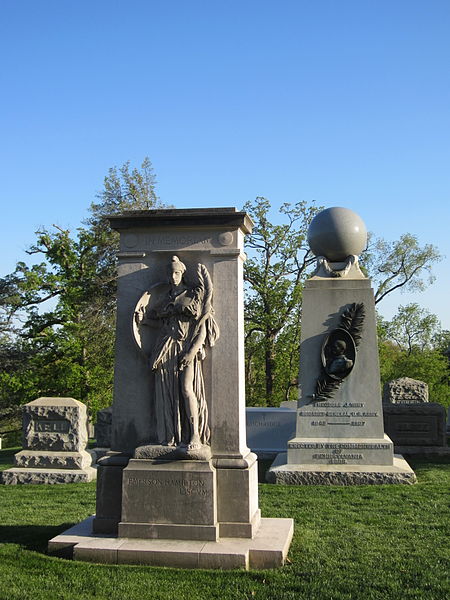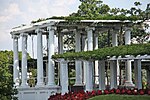Grave of Emerson H. Liscum
Arlington National CemeteryMonuments and memorials in VirginiaOutdoor sculptures in Arlington, VirginiaStatues in VirginiaUnited States sculpture stubs ... and 1 more
Virginia stubs

The grave of Emerson H. Liscum, also known as Emerson Hamilton Grave, is an outdoor public artwork located at Arlington National Cemetery in Arlington, Virginia, United States. This sculpture was surveyed in 1995 as part of the Smithsonian Institution's "Save Outdoor Sculpture!" program. The gravestone marks Liscum's final resting place.
Excerpt from the Wikipedia article Grave of Emerson H. Liscum (License: CC BY-SA 3.0, Authors, Images).Grave of Emerson H. Liscum
Lee Avenue, Arlington Courthouse
Geographical coordinates (GPS) Address Nearby Places Show on map
Geographical coordinates (GPS)
| Latitude | Longitude |
|---|---|
| N 38.87997 ° | E -77.07395 ° |
Address
Civil War Unknowns Monument
Lee Avenue
22211 Arlington, Courthouse
Virginia, United States
Open on Google Maps









